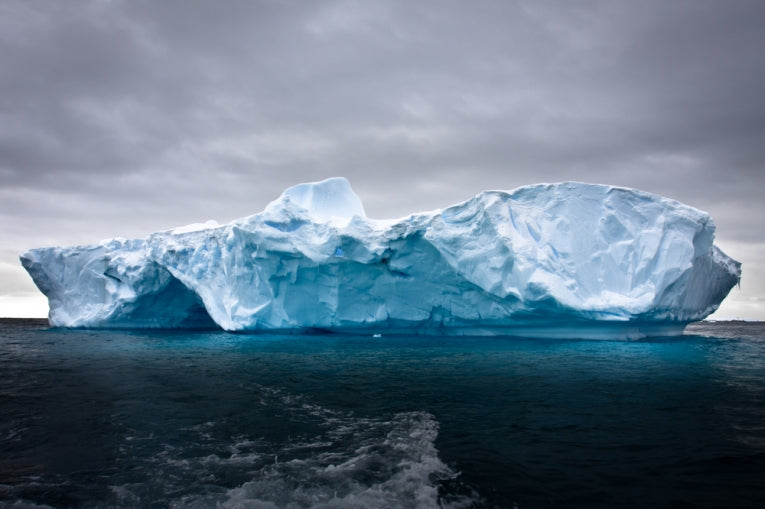As we drift towards severe warming of the planet, ice is drifting away. 300 billion tonnes is now estimated to be lost each year, with the increase every year even more worrying. Antarctica and Greenland are the main sources of glacier ice (99.5%), while the marine Arctic ice has almost given up on maintaining its relatively-thin surface layer.
GRACE is the name of the pair of satellites involved in a useful survey of the earth's gravitational field, meaning Gravity Recovery and Climate Experiment. Surface water mass is calculated from these figures, allowing for several connections such as the elastic deformation f the earth itself! The first decadal figures from 2002-2012 reveal a new measurement of the perplexing ice loss.
Not enough data exists to analyse the loss properly in Greenland, so the sea-level rise that is estimated could be fairly low. While El Nino and La Nina and other oceanic changes explain some relatively-natural effect on the melt, it does seem as though human emissions of greenhouse gases will be responsible for the increase we now see every year.
However, the paper does indicate that by 2100 we will have an extra 43cm of sea-level rise (above any linear trend or, in other words, without the acceleration) if the trend continues. And there is precious little effort so far that is having any effect on limiting the emissions' damage. Scientists only agree on the linear rise in sea level. Acceleration like this is due either to humans producing more global warming, or natural cycles that influence the extent of the ice.
It would be wrong to compare this accurate forecasting approach with the complacency politicians had when first faced with the bitter truth of global warming. We all know now that we are facing a problem we cannot solve. We simply must prevent it getting any worse. Dr. Bert Wouters was the lead author on the paper with his colleagues from the Universities of Colorado, Bristol, Utrecht and Potsdam.
Nature Geoscience, presented the data under the title, "Limits in detecting acceleration of ice sheet mass loss due to climate variability."










